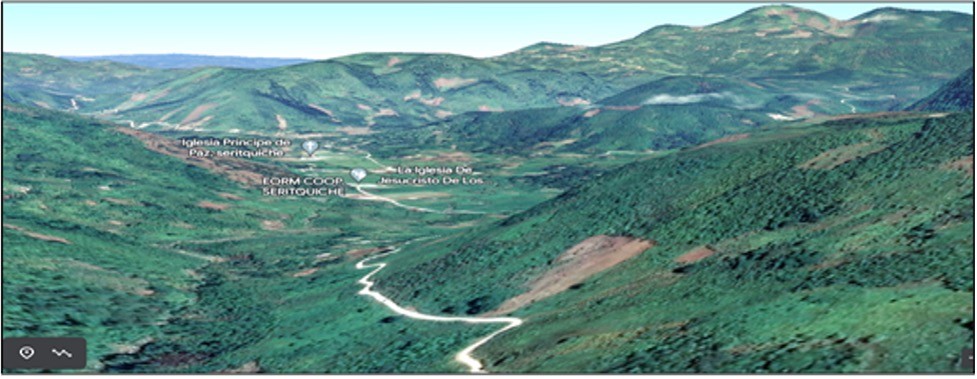Agriculture in Seritquiche Valley
There are several things about this community of Seritquche, that would make it conducive to a successful soil building program – that would substantially improve their standard of living. Because they are members of the Church, they are not tied to ancient traditions on when to plant and how to plant. They are totally open to new ideas. They have also stopped burning; this is a huge step forward and one that was very difficult in Cahabon. They live in a high rainfall area where the drought periods are shorter and not as severe – this means the planting cycles are not restricted.
Because of cooler and higher elevation, cold crops such as cabbage, broccoli and cauliflower will grow really well and there seems to be a market for them in the Polochic Valley. Other crops such as turnips and chili seem to also do well. Rene, our crop manager, seems excited about the opportunity to help them market these crops and I think he could do an excellent job of marketing. And, they will still be growing Cardamom, that will come back some day.
So, after several months we have developed a system where I can essentially be in the fields and in their meetings. This is due to the technology of Zoom. We felt like we could manage the project quite well, especially with having someone like Rene Cuz in Senahu to manage the program. It could become a new and exciting way to manage these kind of humanitarian programs. His ability to speak English, Spanish and Kekchi makes this all possible – a talent that is almost nonexistent in Guatemala.
Their soils are still very different in phosphorus, sulfur and calcium (see chart below) but not as low as Cahabon. This is probably is due to their non-burning policy.

In addition, with the extra production of organic matter there would also be a significant enhancement to carbon sequestration. If these proposals could take hold around the world it could have a massive outcome in tying up carbon. Therefore, this is not just for Seritquche, we can have major discussions at the U.N. about solutions that are associated with starvation and carbon. Our first phase will be somewhat limited – so we can test the markets. If this is successful, the farmers will go after it in a big way.
This is a makeshift greenhouse that is used to get the plants started. As soon as they are established, they will be transplanted in the field.

This a group of pallets of different vegetables that will soon be planted in the field. Another advantage of doing it this way is that the plants will be of such size so the birds cannot damage them. The birds have a heyday with the small succulent plants right after they emerge.

This is a picture of the field that will hold the demonstration plots. It has been sprayed with a herbicide that will kill the top and the roots. Our plan is to have a total kill of the weeds in two years. Once we have achieved no-weed fields, labor costs will go down and yields will go up.

These plots will allow us to initially study the amount and timing of applications of fertilizers. The next most important step. During the growing season we will be looking at different ways to control the seeds. And then the crucial step is the timing of the planting with the corn or bean rows. See layout below.

This picture shows the technique of planting between the rows in Cahabon, to facilitate the planting of more crops per year. By planting early it will hopefully allow us to plant two crops of corn and two crops of beans every year. This is the best way to maximize the production of organic matter.

The village Kekchi women are planting the vegetables in a grow box.

The woman below is tending the cabbages she has planted in her field.





